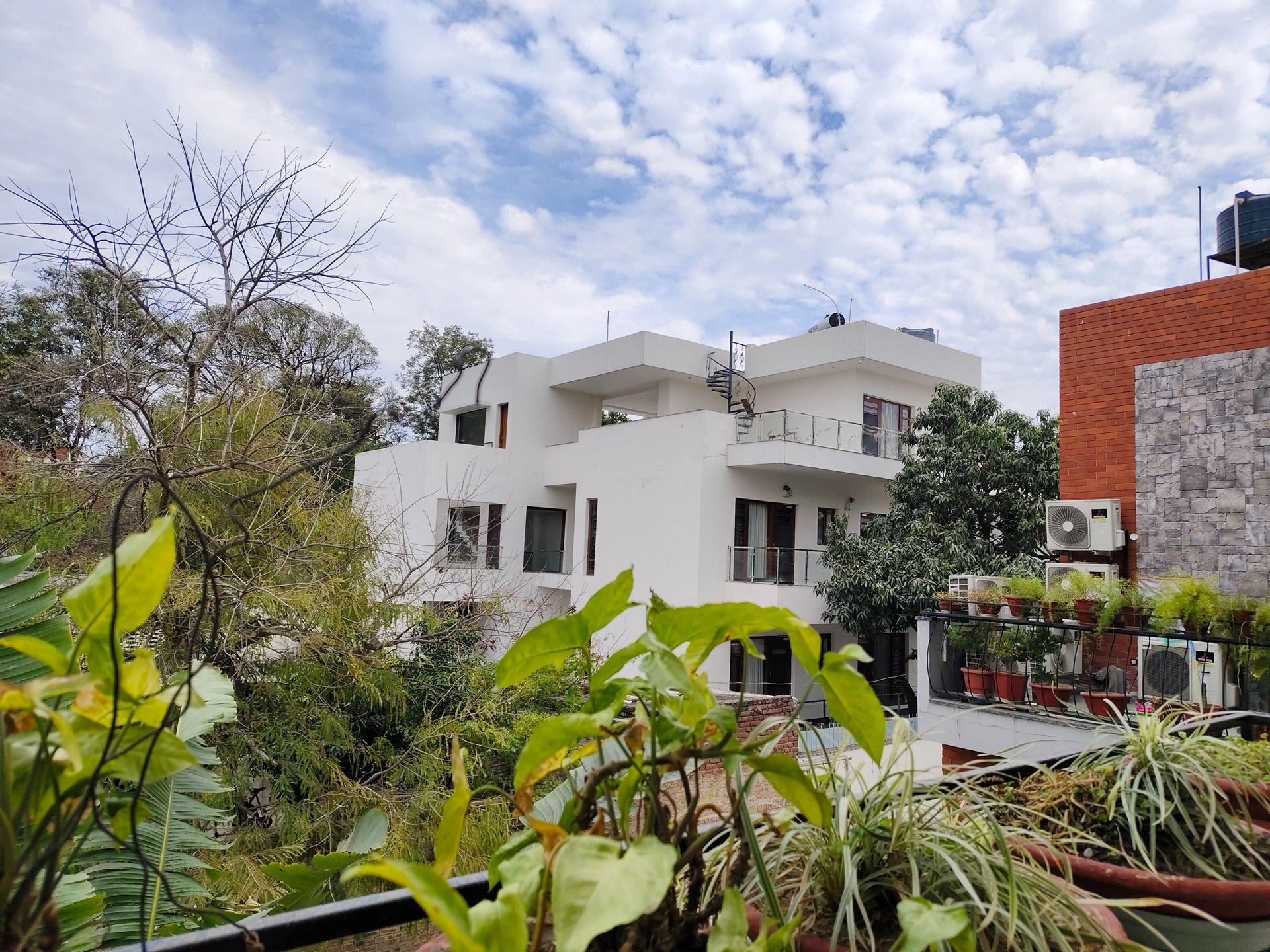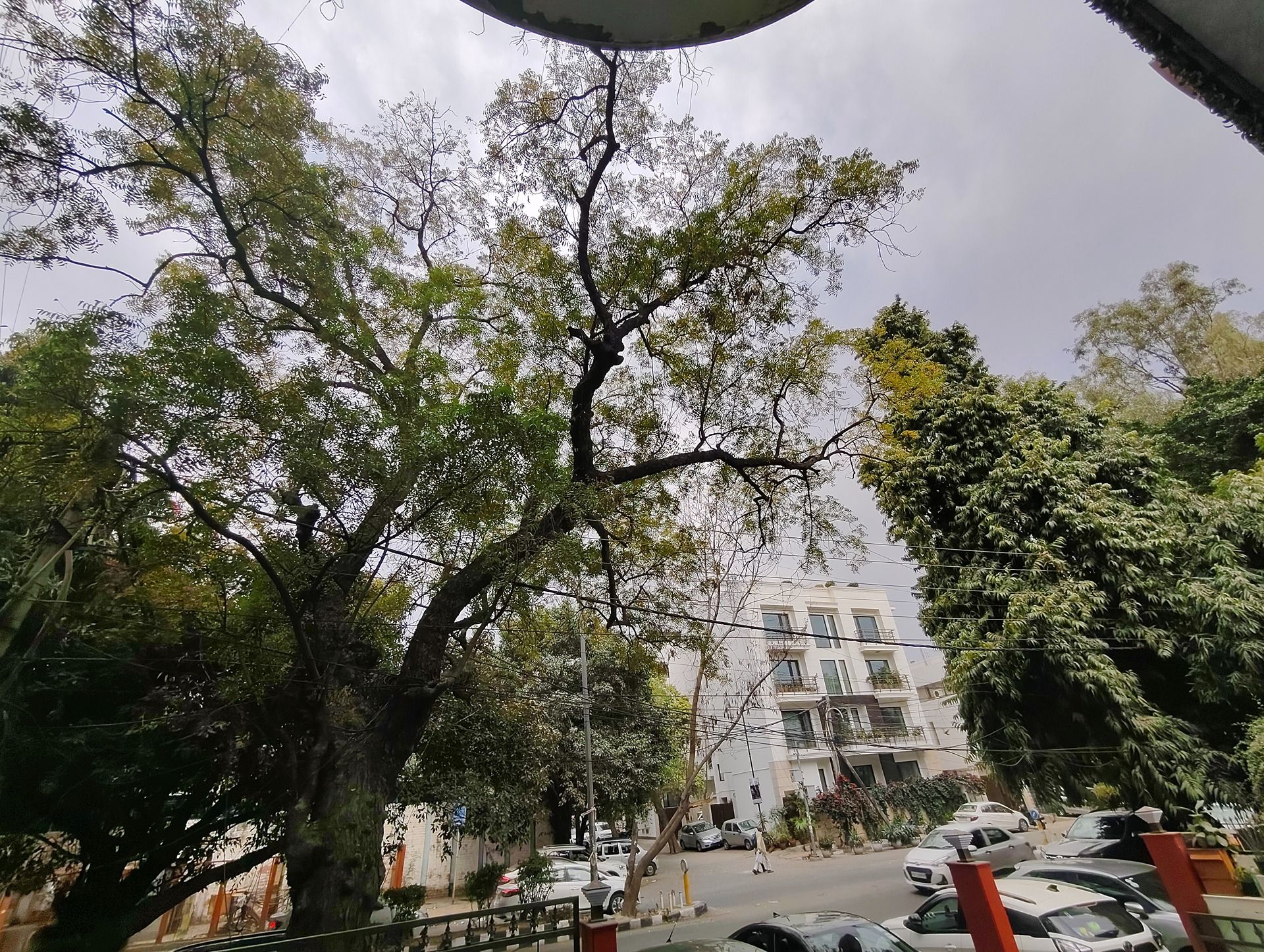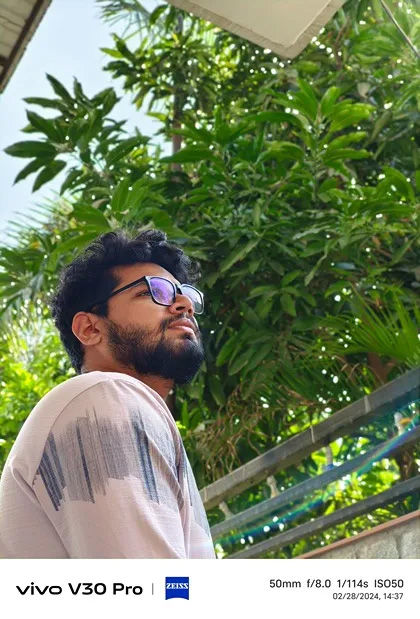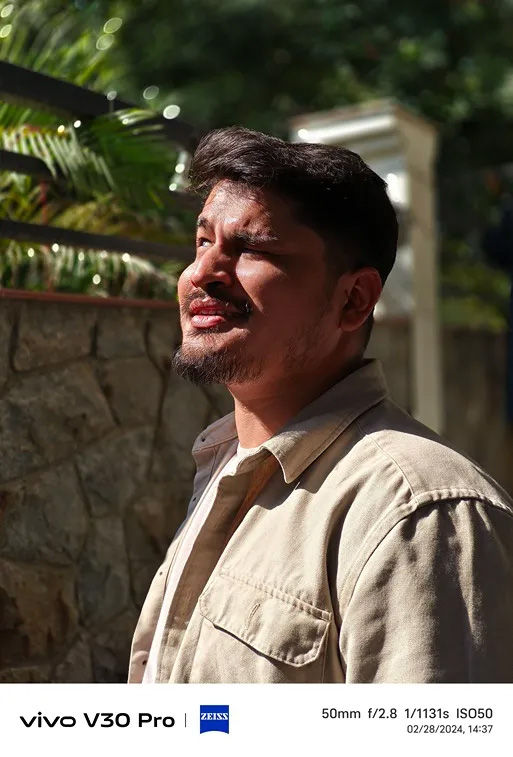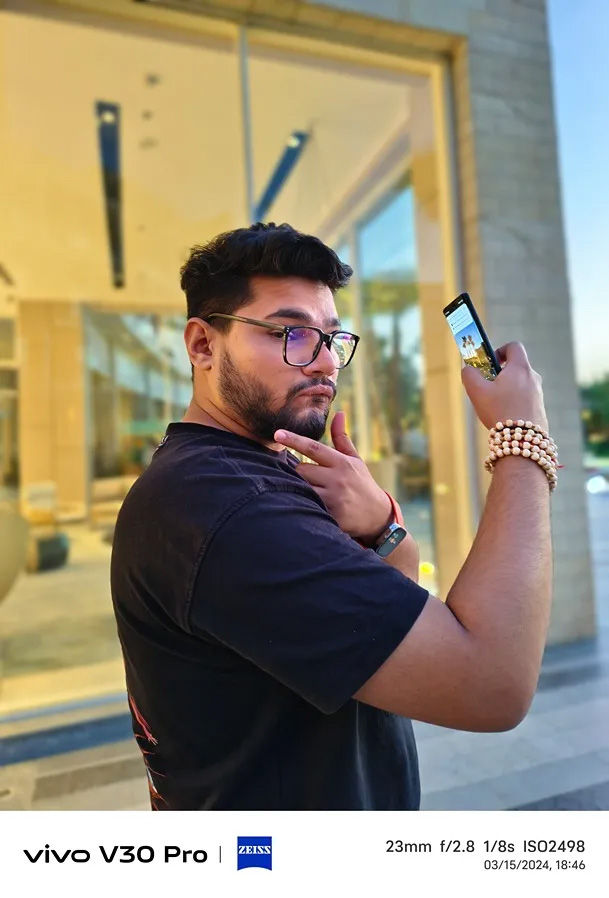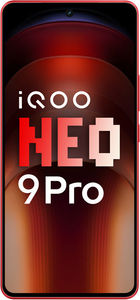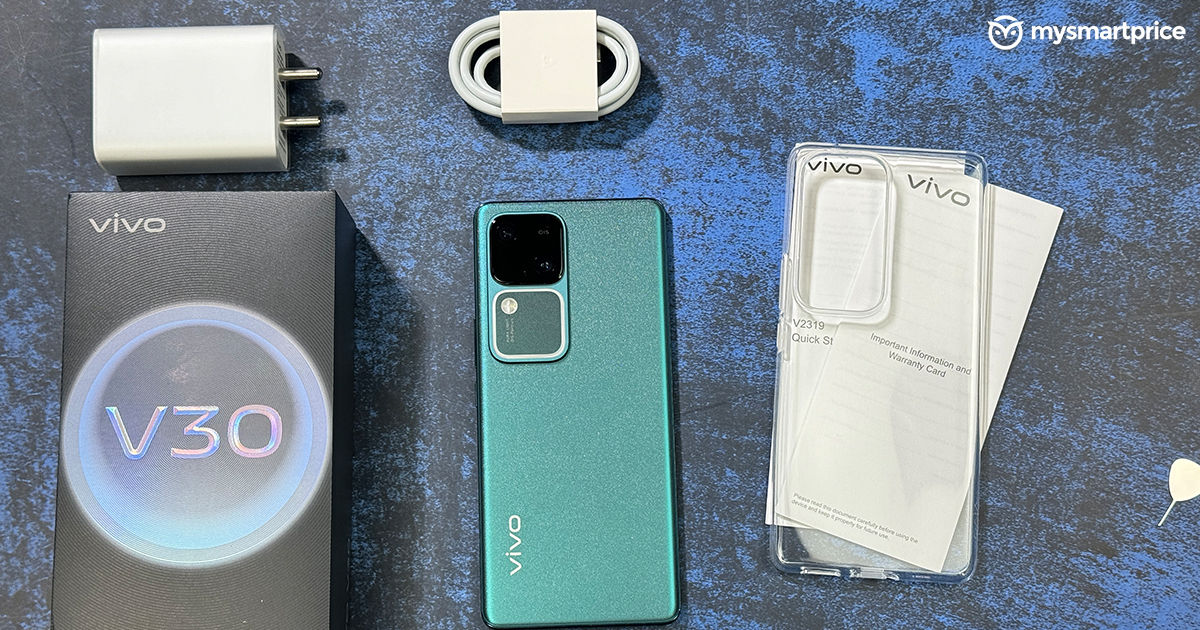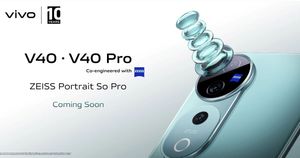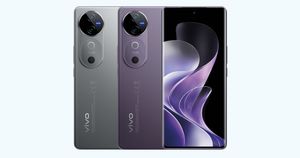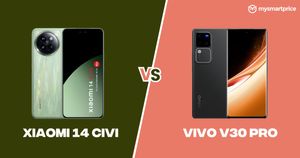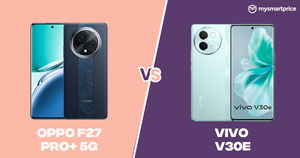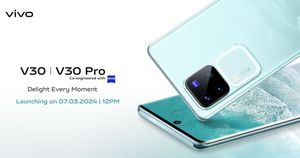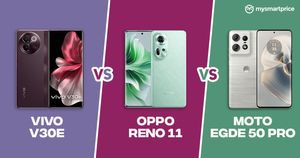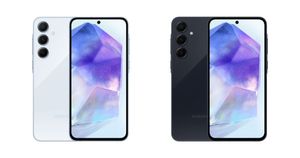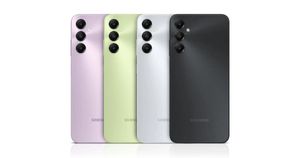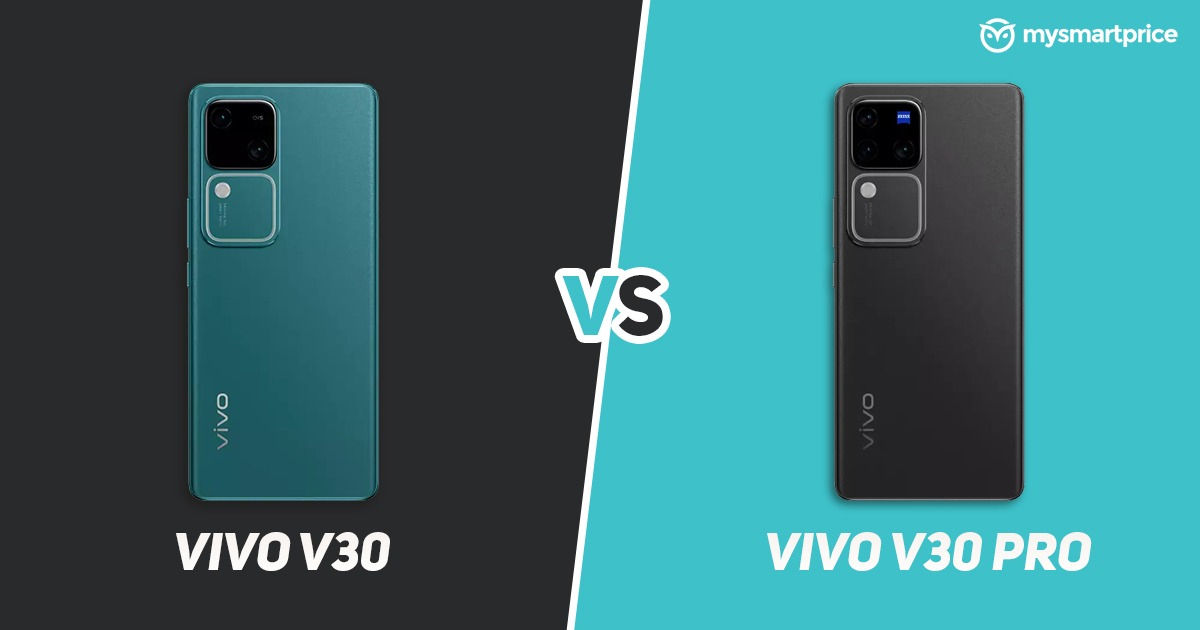
When Vivo introduced its V30 series, the promise was that both phones offered exceptional camera performance. Another aspect the company emphasises in these phones is the quality of portraits, which is not exactly a novel claim, given that many brands have previously discussed it. Plus, with the Vivo V30 Pro, the company is adding that extra wow factor in the form of Zeiss Lenses and filters, which it has reserved for the more premium X series till now.
Still, the Vivo V30 is an interesting proposition in the mid-range segment. It offers a sleek, stylish design, a big battery, good performance, curved displays, and a camera that stands out. However, many users will be confused as to which one they should consider: the Vivo V30, given that it is the cheaper alternative, or the Vivo V30 Pro with the Zeiss Lenses? This article explains the differences in detail so you can decide more easily.

Vivo V30 vs V30 Pro: Specifications at Glance
First, let’s look at the specifications of the two phones in detail to get an idea of where they stand. As you can see in the table below, both phones have similar screens, battery sizes, and charging speeds at 80W. Both have an IP54 rating for water and dust resistance, and the device dimensions are the same.
While the Vivo 30 gets a ‘Peacock’ Green colour-changing variant, the V30 Pro is limited to black and blue options. The key differences lie in the camera, processor, RAM and storage speeds. The Pro variant has an edge here, but this does not mean the Vivo V30 is a slacker.
| Vivo V30 | Vivo V30 Pro | |
| Display | 6.78-inch curved AMOLED display, 1.5K resolution, 120Hz refresh rate, 2800nits peak brightness, 80,00,000:1 contrast ratio, and 2160Hz PWM dimming | |
| Processor | Qualcomm Snapdragon 7 Gen 3
Adreno 720 GPU |
MediaTek Dimensity 8200
Mali G610 GPU |
| RAM | LPDDR4X | LPDDR5X |
| Storage | UFS 2.2 | UFS 3.1 |
| Software | FunTouchOS 14, based on Android 14 | |
| Camera | 50MP primary camera with OIS
50MP ultra-wide-angle lens Aura Light flash |
50MP Sony IMX920 shooter with OIS
50MP ultra-wide-angle lens 50MP portrait camera with 2x zoom Aura Light Flash and ZEISS Optics |
| Front Camera | 50MP shooter | |
| Battery | 5000mAh battery | |
| Charging | 80W FlashCharge fast charging
USB Type-C port |
|
| Security | In-display fingerprint scanner | |
| Dimensions | 164.36 × 75.1 × 7.45 mm | |
| Weight | 188 grams | |
| Others | IP54 dust and water resistant | |
| Connectivity | Dual-SIM, 5G, WiFi, Bluetooth 5.3, NFC, GPS, GLONASS, Galileo, Beidou, QZSS, and USB 2.0 | |
| Colour Options | Peacock Green
Andaman Blue Classic Black |
Andaman Blue
Classic Black |
Vivo V30 Series: Price difference
Price is critical when deciding which phone you prefer in this series. If you have a fixed budget and absolutely cannot cross Rs 35,000, the Vivo V30 is the obvious choice, given it starts at Rs 33,999.
But if your budget is flexible and you are considering spending Rs 40,000 plus, the Vivo V30 Pro might be more appealing. The below table has all the prices listed for your consideration. Note that the prices could be lower if you plan to trade in an older device or get some cashback or bank discounts.
| Device | Configuration | Price |
| Vivo V30 | 8GB + 128GB | Rs 33,999 |
| 8GB + 256GB | Rs 35,999 | |
| 12GB + 256GB | Rs 37,999 | |
| Vivo V30 Pro | 8GB + 256GB | Rs 41,999 |
| 12GB + 512GB | Rs 46,999 |
Vivo V30 vs V30 Pro: Let’s talk camera
We will start with this aspect since this is the USP for both phones. This is what the rear camera set-up is on both phones.
| Vivo V30 | Vivo V30 Pro | |
| Rear Camera | 50MP primary camera with OIS
50MP ultra-wide-angle lens Aura Light flash |
50MP Sony IMX920 shooter with OIS
50MP ultra-wide-angle lens 50MP portrait camera with 2x zoom Aura Light Flash and ZEISS Optics |
| Front Camera | 50MP | 50MP |
As noted in our reviews, the Aura Light is useful for taking brighter photos and offers a good white balance in pictures, especially when shooting in areas with poor light sources. It is a fun tool for those who love to experiment with their photos, which you won’t find on other devices.
If one were to go simply based on specifications, it would surely look like the V30 Pro’s camera is better and that the V30 is probably not as good. And yes, given the dedicated portrait camera, you probably wonder how the V30 fares on this front. However, as we saw in our testing, both have fairly solid cameras and deliver quite well on the ‘Portrait’ promise.
You can have 2x portraits on both phones, allowing for closer shots. What impressed us was the edge detection in Portrait mode, which was very accurate on both phones. This worked irrespective of the subject—whether shooting a human or an object. In our view, this is probably one of the best implementations of Portrait mode you can get at this budget.
Of course, the Vivo V30 Pro has an edge in the camera department, given the Zeiss Optics, and it also comes with Zeiss filters. Like the X series, there’s co-engineering with Zeiss for the V series. Vivo gives three profiles on the Pro variant: Vivid, Textured, and Natural (Zeiss). Our testing showed that “images clicked using the primary camera are sharp and detailed” for the Pro variant.
As we saw in our testing, both phones hold their own in low-light settings. You don’t have to worry about grainy images when shooting at night. And, yes, that 50MP selfie camera is one of the best you can get in the price segment. It retained natural skin tones and texture, which aligns with my preference. The V30 Pro likewise keeps skin more natural in selfies, as we noted in our review.
Frankly, if you were deciding solely based on the camera, and your budget only allows you to get the V30, you don’t have to worry that you are compromising on the camera aspect. The Vivo V30 has one of the best cameras in this price segment; those portraits are an added wow factor. Of course, the V30 Pro is an easy choice if your budget is flexible, given it offers those extra Zeiss features on the camera. Again, this is something you won’t find at this price point.
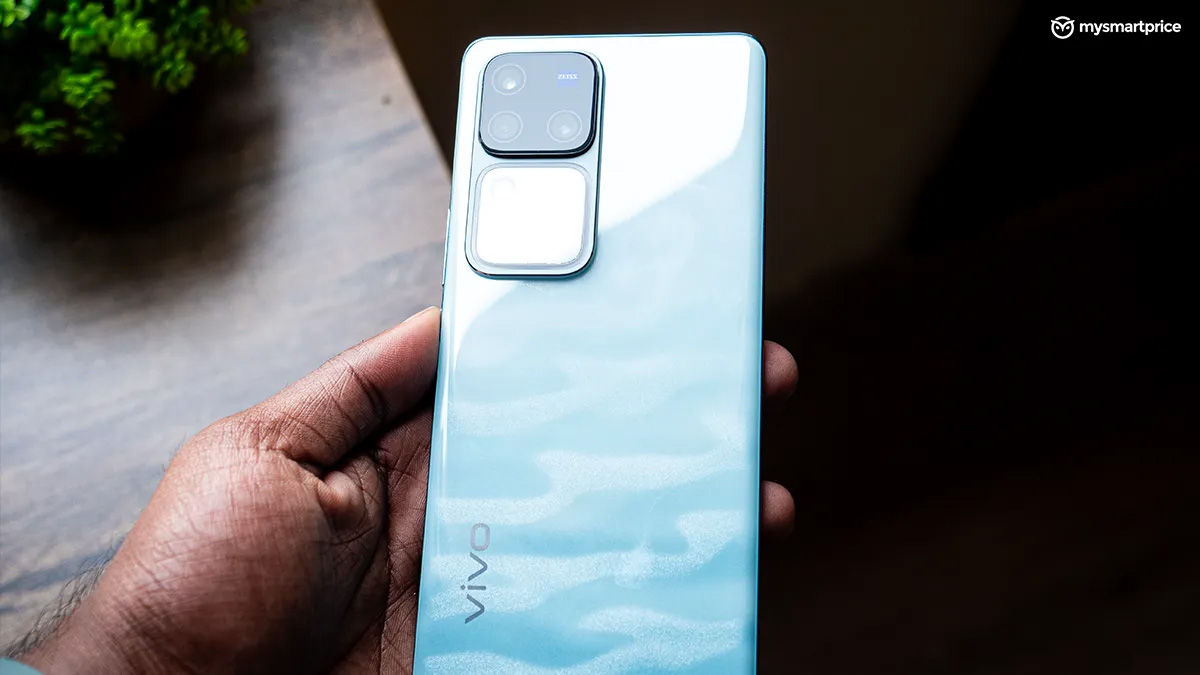
Vivo V30 vs V30 Pro: Performance
The Vivo V30 is powered by the Qualcomm Snapdragon 7 Gen 3 and the Adreno 720 GPU. It comes with LPDDR4X RAM with 8GB or 12GB RAM options, along with 128GB or 256GB UFS 2.2 storage.
The V30 Pro’s processor is the same as last year’s, the MediaTek Dimensity 8200 SoC. It has 8GB or 12GB RAM options and 256GB or 512GB storage. Vivo uses LPDDR5X RAM on the Pro variant and the faster UFS 3.1 storage. Regarding synthetic benchmarks, the tables below show where both phones stand compared to other market options.
Both phones are solid daily drivers, and multitasking was not a problem in our testing. The V30 Pro performed well in games like BGMI and could handle Ultra HDR graphics and ultra-high frame rates. Similarly, the V30 could handle games like Genshin Impact without getting overheated.
Processor MediaTek Dimensity 8200 Snapdragon 7 Gen 3 Snapdragon 8 Gen 2 Snapdragon 8 Gen 2 Snapdragon 7s Gen 2 Display 6.78″ (17.22 cm)
120Hz Display6.78″ (17.22 cm)
120Hz Display6.78″ (17.22 cm)
120Hz Display6.78″ (17.22 cm)
144Hz Display6.7″ (17.02 cm)
120Hz DisplayRear Camera 50+50+50 MP Rear 50+50 MP Rear 50+8+2 MP Rear 50+8 MP Rear 50+8+64 MP Rear Front Camera 50 MP Front 50 MP Front 16 MP Front 16 MP Front 32 MP Front RAM & Storage 8 GB RAM
256 GB Storage8 GB RAM
128 GB Storage8 GB RAM
128 GB Storage8 GB RAM
256 GB Storage8 GB RAM
128 GB StorageBattery 5000 mAh
80W Charging5000 mAh
80W Charging5500 mAh
100W Charging5160 mAh
120W Charging5000 mAh
67W ChargingOS Android v14 Android v14 Android v14 Android v14 Android v14
There’s no denying that the challenge for both phones is the competition, such as the OnePlus 12R and iQoo Neo 9 Pro, which are well ahead of the Vivo V30 Pro in benchmarks, etc. The Vivo V30 series might be insufficient if you need a more specific gaming device. However, this is not the key premise for these devices. The lure here is the camera, design and overall package. Still, both phones should keep users happy regarding daily performance and regular gaming.
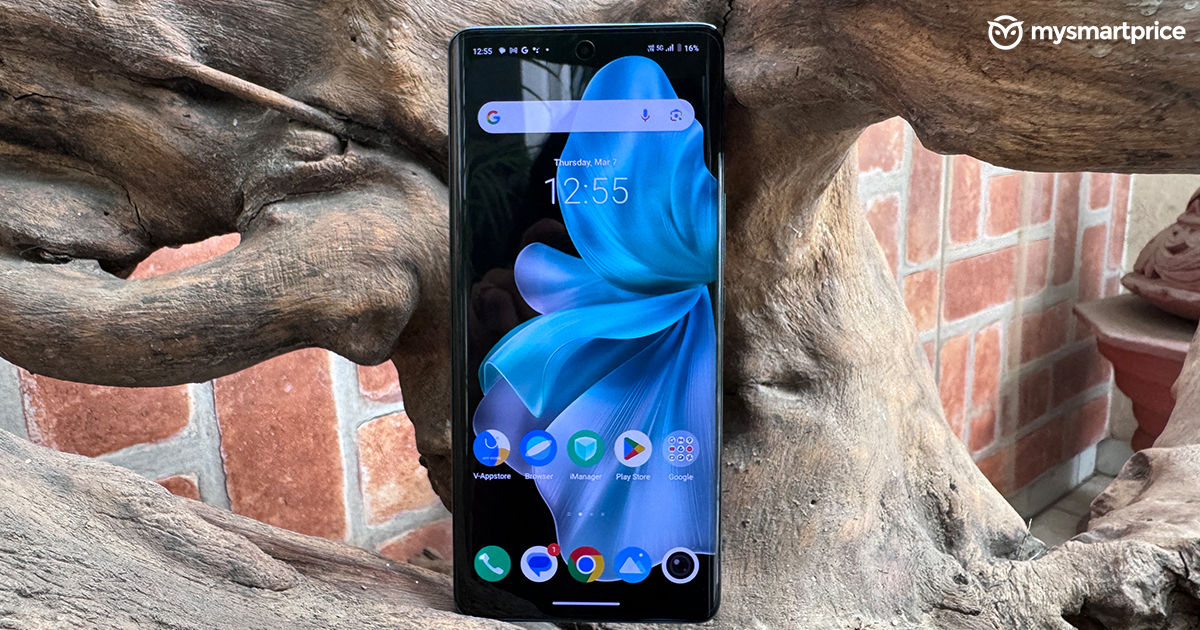
Vivo V30 vs V30 Pro: What’s Similar
- The design is identical on both phones. They are ultra-slim at 7.45mm thickness, with the same camera module at the back and a curved AMOLED display on the front. However, Vivo has limited the colour-changing option to the V30 variant, so the Pro version only has two colour options.
- Both devices are excellent for daily entertainment. The curved AMOLED screen works well in bright sunlight, and the content remains legible.
- The curved display had no accidental touches, which can be a problem.
- Sure, the single speaker for audio is a weak point, but not a deal-breaker.
- Both come with a 5000 mAh battery and 80W fast charging, with the company bundling the charger in the box. In our testing, the phones easily went from 1 to 100 per cent in just under an hour, or 50 minutes, to be precise. Given this is a 5000 mAh battery, it will easily last the whole workday for most users.
- The Vivo V30 series runs FunTouch OS from Vivo with Android 14. The company promises three years of Android updates. There is the occasional bloatware from Vivo, which is annoying. The V-Store does push random notifications, though I suggest turning them off ASAP.
- However, it is good to see a lower number of pre-loaded apps on the Vivo V30 phones. Both phones sport an IP54 rating, which should provide some protection against accidental spills, but don’t go dunking these phones in water.
Vivo V30 vs V30 Pro: Which is The Right Pick?
Vivo promised fantastic Portraits with the V30 series, and to be fair, it has gotten this bit right on both phones. Typically, the non-Pro variant doesn’t always deliver so well, but this is not the case here. The camera on both phones is worth the hype, though the V30 Pro gets more bells and whistles with the Zeiss optics.
If you don’t wish to spend more than Rs 35,000, the V30 is a safe bet regarding the camera and general performance. However, it also faces a worthy competitor in the Realme 12 Pro+, which is slightly more affordable and has a good camera. But there’s no doubt the V30 has an edge in the camera department.
Given the overall proposition, the V30 Pro camera phone is worth considering for those willing to pay extra. However, the OnePlus 12R or the iQoo Neo 9 Pro might be a more appealing choice for those who want more performance.





